“The purpose of NATO,” Lord Hastings Ismay, the alliance’s first secretary general, once quipped, was “to keep the Americans in, the Russians out, and the Germans down.” That formula defined Europe’s security for decades, and it worked because US power anchored the alliance. But as President Donald Trump’s administration demands its European allies carry their share of the burden, shows little appetite for sending troops to Europe and worries more about the Southeast Asian theater, Europeans are being forced to confront their lack of political will for their own security, underinvestment in defense and dwindling public appetite to fight for their country.
Following the meeting with President Donald Trump at the White House, discussions among European leaders and Volodymyr Zelensky began on potential security guarantees for Ukraine, should a peace settlement with Russia be achieved. Italian Prime Minister Giorgia Meloni described the proposition similar to NATO’s “Article 5-like” framework, a collective commitment that would assemble a coalition of the willing to deploy European troops. Reportedly, plans envision European states taking a lead in ground deployment, while the United States would focus on providing air support, logistical assistance and other non-combat roles.
“Nobody believes that NATO countries would join the war. So, the promise of a NATO Article 5 is a red herring,” Matthew Savill, director of military sciences at the London-based Royal United Services Institute told The Spectator. “They talk about air policing, but what does that mean? Are you going to shoot down Russian jets?”
That goes to the heart of the issue: would a European force genuinely deter Moscow, or merely create the appearance of resolve?
During the Cold War, deterrence stood where troops stood. More than 300,000 US troops were stationed across Europe, on the ground in Germany (250,000) and elsewhere, ready to fight if the Soviet Union moved west. By the time Russia launched its full-scale war in Ukraine in 2022, that number had dwindled to about 60,000.
As the Western European nations prospered through the 1960s and 70s, defense budgets rarely matched economic growth, and after the Soviet collapse in the 1990s, spending plummeted further. Only a handful of countries, such as France, the UK and Poland, kept spending close to NATO’s 2 percent target. Others including Germany, Italy, Spain and the Netherlands let defense spending fall to just 1 percent of GDP. Decades of neglect left the industry on the continent scrambling. Arms industries were neglected, with little investment in air and naval power, and NATO’s eastern flank continues to rely on Washington’s backbone.
“We decided that we weren’t going to face a major war,” Savill explained.
In Europe tens of billions of euros were redirected each year to other priorities, particularly social welfare. Germany alone saved more than €20 billion annually compared with what it would have spent at higher levels of military investment.
“If tomorrow Russia would invade NATO, the only army that would be ready to fight is Turkish,” a Ukrainian senior official who spoke on the condition of anonymity told The Spectator. “All the other ones are good for parades, not for real war.”
The continent is now playing catch up. The European Union announced that it will mobilize €800 billion for defense investments, a plan Brussels wants to spread over four years through higher deficits, joint borrowing and redirected EU funds. Germany voted for historic military investments, while Italy ramps up arms production and Poland wants to double its military.
“The big problem Europeans have is that when you point at something they have and say, ‘oh, this is quite good,’ they just don’t have much of it, and much of it isn’t at a high level of readiness. It takes time before you can deploy it or use it. France and the UK have maintained very good armed forces, but they are small,” Savill points out.
At the NATO summit in the Hague in June of this year, NATO allies agreed to raise defense spending to 5 percent. But few leaders are willing to touch the social spending that makes up one-fifth of the EU budget.
“It turns out that Germany has lots of jets that don’t fly. Their army isn’t that deployable,” Savill said. “It will take several years to ramp production back up. Rheinmetall can’t suddenly produce shells, and MBDA can’t suddenly produce missiles. The trend has been reversed, but it will take years.”
Much of Europe spends more than twice as much on defense as Russia, but money doesn’t translate into military strength. Moscow pays its soldiers far less and maintains equipment at a fraction of Western costs. When adjusted for what each side can actually buy, the picture flips: Russia fields almost five times the military power of France’s defense budget, and six times that of Germany or the UK.
Budgets and capabilities are not Europe’s only challenge. Public spirit is just as much of a problem. Gallup polls show the EU with the lowest readiness worldwide: only a third of citizens say they would fight for their country while non-EU states report far higher levels – a vulnerability money alone cannot solve.
As Europe begins to learn from its mistakes, Russia already has. It has rebuilt its military industry and armed forces, while fighting a high-intensity war. By late 2024, more than 600,000 Russian soldiers were on the frontlines, nearly double the initial invasion force. Moscow’s defense industry has been put on a war footing, opening new factories and converting civilian production lines. This has allowed Russia to replace its battlefield losses: in one year alone, it’s expected to roll out 1,500 tanks, 3,000 armored vehicles, and 200 Iskander missiles, while producing 250,000 artillery shells every month. Stockpile three times greater than the US and Europe combined.
Zelensky, fearing another onslaught, insists on 100,000 foreign troops in Ukraine under any settlement. Military arithmetic makes that impossible. A front-line force requires three times as many in reserve and support. Europe might muster 10,000 quickly but it would be a political gesture more than a shield and would still rely heavily on US enablers. The 100,000 Zelensky wants would take months, if not years, and expose shortages in weapons and ammunition, and be unsustainable without Washington.
Germany and Italy have already ruled out deployments. Britain and France may be willing, but their forces are too small for long-term operations. The Europeans hope to resolve the dilemma with so-called “tripwire” assurances which entails that even small deployment on the Ukrainian soil, can trigger larger intervention if attacked, preferably from the United States.
With its grand claims to be able to protect Ukraine, Europe has become a paper tiger. And Putin is very well aware. However guarantees are dressed up, they will rest not on Brussels but on Washington, and on a president whose stance, observers note, often shifts depending on who spoke to him last.










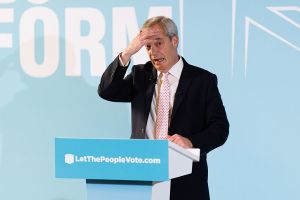


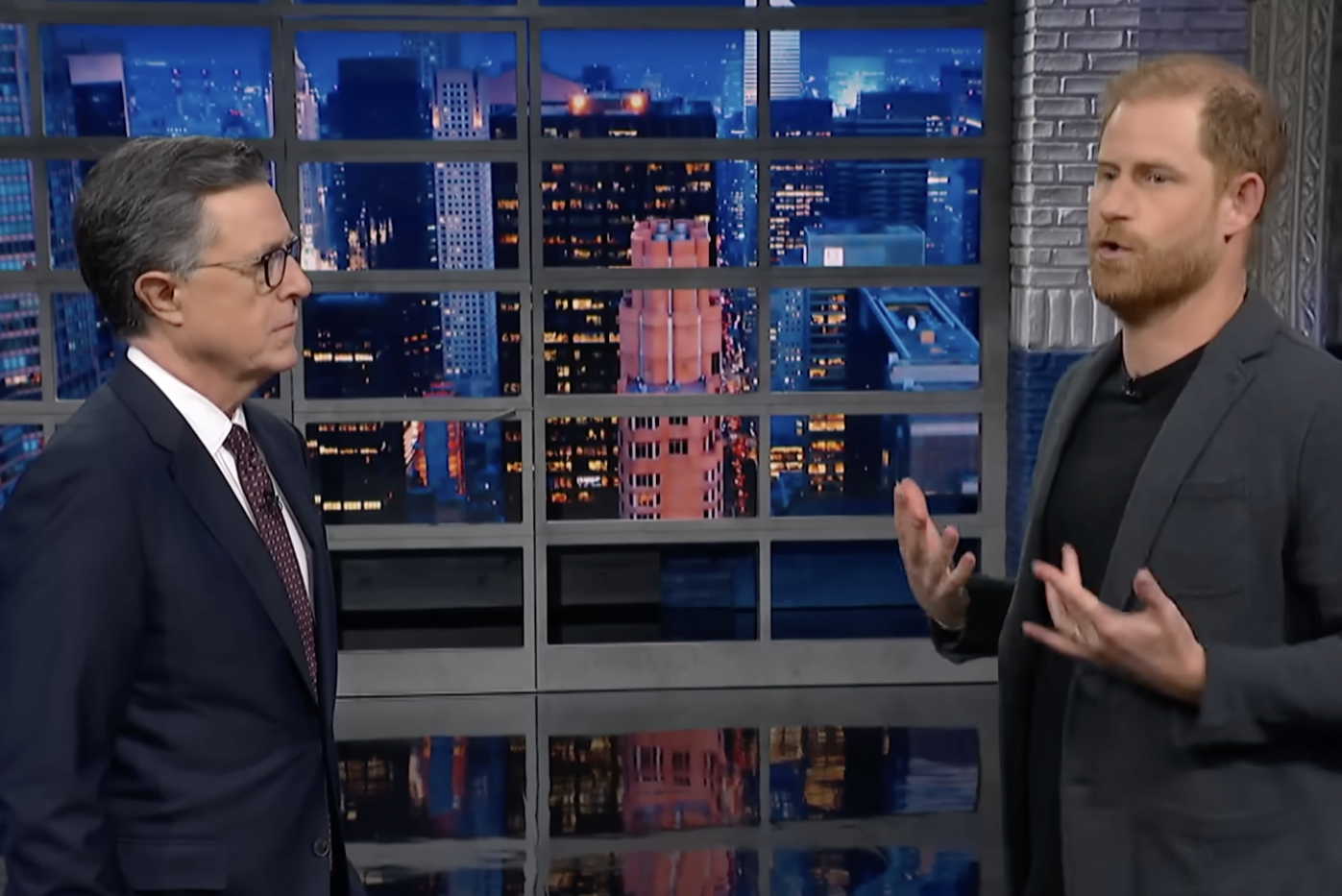
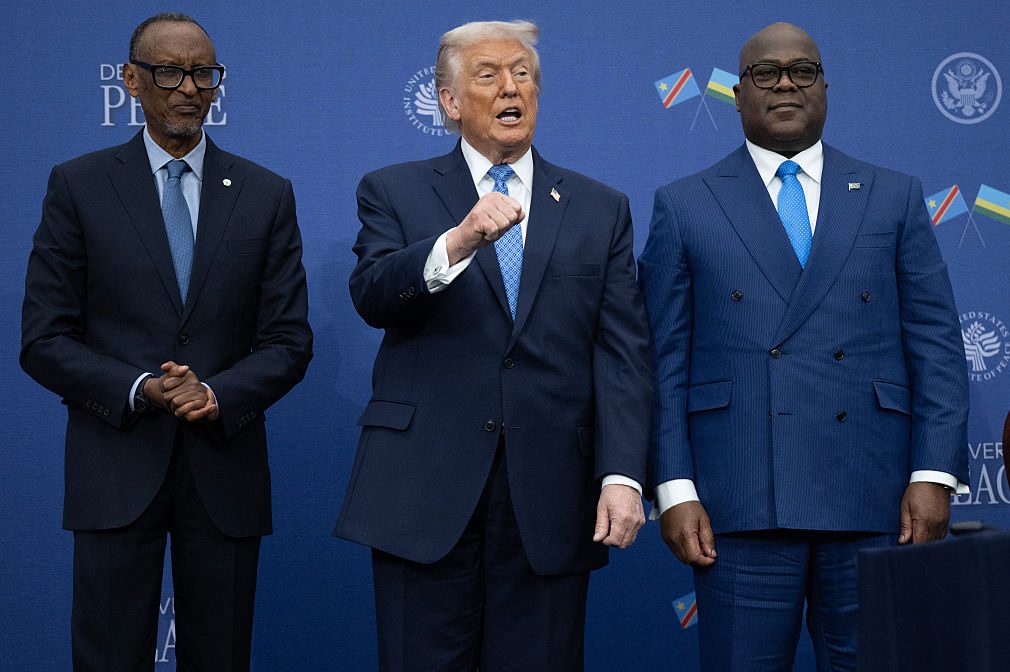
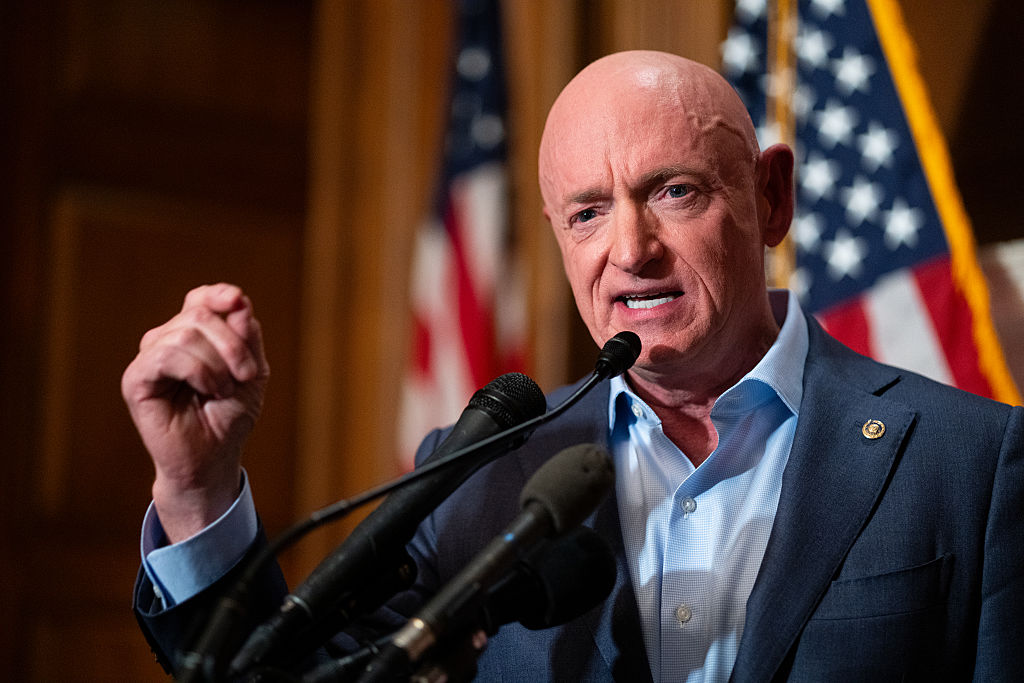

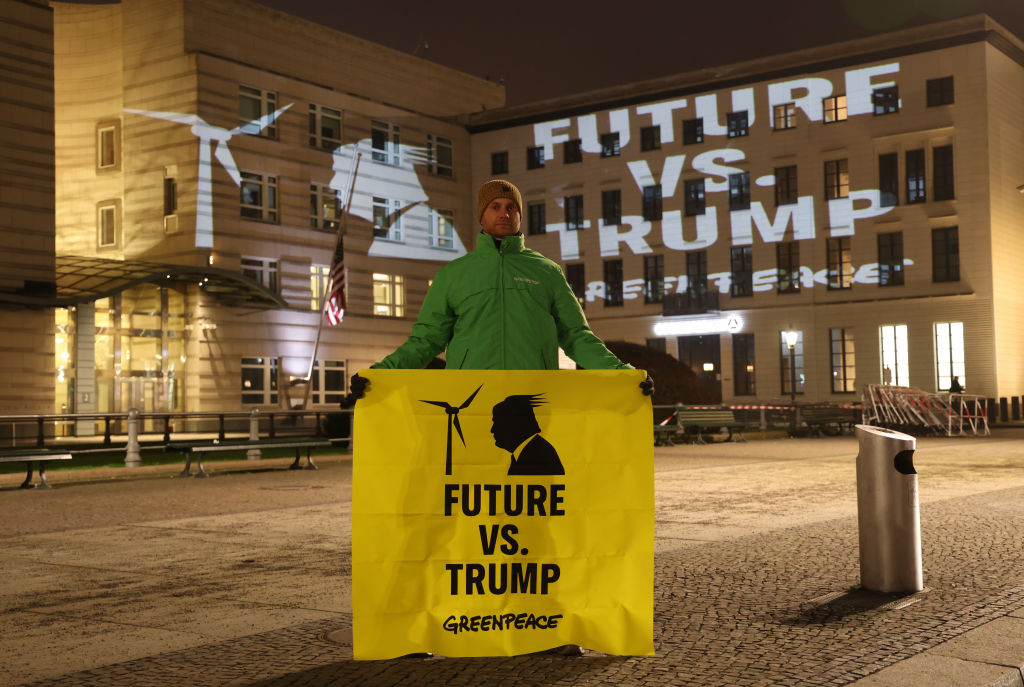








Leave a Reply